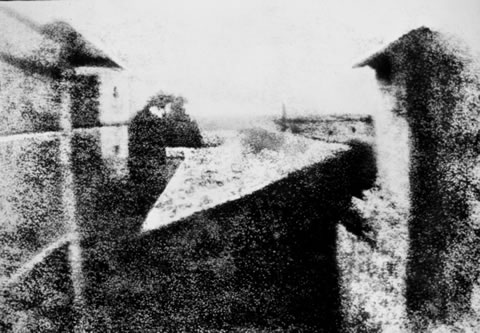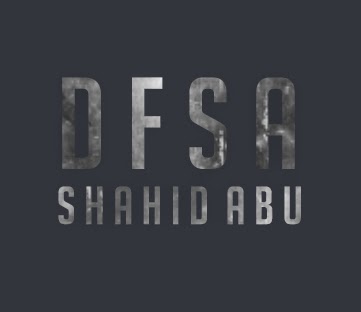I will go through these exercises at home and will doing tutorials to keep my mind afresh and so i can get the hang of the software.
Using the Avid books that we brought for this training we went through the first three lessons of the avid book by Bryan Castle Jr.
Lesson One:
This first lesson we learnt the basics of avid, such as launching the media composer, understanding how the interface is arranged and what it consists of, creating and saving projects, working with bins and to organize and edit bins.
found this first lesson easy and kept track most times.
Lesson Two:
This second lesson was about the basics of avid, building sequences, using smart tools, splicing clips, adding narration with the overwrite tool and adjusting the sequences audio.
In this lesson we created a rough edit of a sequence and I found this a bit tricky at some points but nonetheless was ok with.
Lesson Three:
This lesson we dealt with refining an edit and learnt how to delete from the timeline, moving timeline
segments, changing the shots in the sequence and length of timeline segments.
I found this particular lesson again a bit tricky but was ok with, apart from the audio adjusting and the edit refining which I found challenging however when redoing this again I understood it more and helped me gain more knowledge but will keep going over this so I can gain a better understanding of the software for future projects.
keyboard used for avid shortcuts
Avid Interface/layout
Source monitor on left/ record monitor on right
key objects

marking clips/shortcuts
From lesson 1 to 3 we have covered
- Basic User Interface
- Creating a Project
- Importing Media / Bins
- Organising Media
- Saving
- Creating a Sequence
- Basic Editing Funcions / Keyboard Shortcuts
- Basic Audio
- Trimming
These are all covered in Lessons 1 till 3 in the "Media Composer Editing Essentials" book.
These are the basic shortcuts for easier access
- J, K and L = Backwards, Pause, Play (hitting the key twice will go in to fast motion)
- Spacebar = Play & Pause
- I, O = mark In, mark Out
- V = Splice
- B = Overwrite
- Left, Right or 3,4 = Skip by one frame backwards, forwards.
- M, comma, period, / = Nudge Clip
- T = Mark Clip
- Z, X = Extract, Lift
At home i have been doing the lessons so i can get a better knowledge of the software
but have a lot to work on if i want to pass the Avid exam and need to learn how to solve technical faults on my own. below is my work from which i have been on from home but is offline and this is one of he problems i need to solve if i want to move forward.

This is the video result from the first three lessons, the edit at some points maybe off a bit, in which case i need refine my editing skills by regularly using avid on daily basis.














